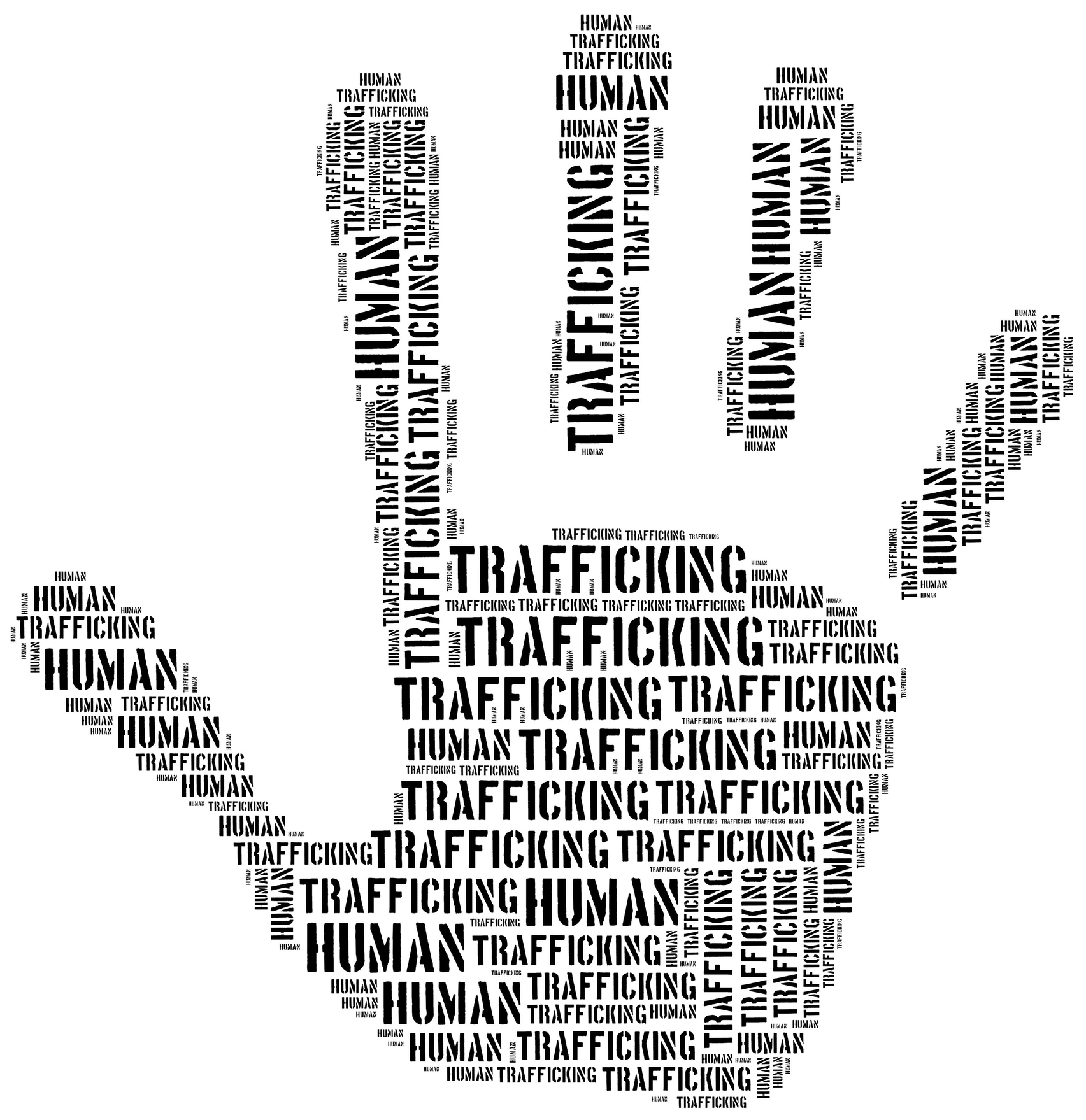
Trafficking in persons is the second largest black market in the world (the first is the illegal drug trade). It is estimated that human trafficking is more than a $150 billion industry with over 24.9 million victims around the globe. Human trafficking is divided into two broad categories – forced labor and sex trafficking.
The US State Department (USSD) defines forced labor as “… the range of activities when a person uses force, fraud, or coercion to exploit the labor or services of a person.” Widespread examples of forced labor are domestic servitude and forced child labor. The USSD defines sex trafficking as “… the range of activities involved when a trafficker uses force, fraud, or coercion to compel another person to engage in a commercial sex act or causes a child to engage in a commercial sex act.”
This worldwide problem has attracted global efforts to solve it. In 2000, the UN General Assembly adopted The Protocol to Suppress and Punish Trafficking in Person, Especially Women and Children (Protocol). 178 countries have ratified the UN TIP Protocol. A key element of the Protocol requires ratifying nations to criminalize human trafficking by developing anti-trafficking laws aligned with its provisions.
Since 2001, USSD has issued an annual Trafficking in Persons Report (the UN publishes a Global Report on Trafficking in Persons every two years). The 2022 USSD report includes some crucial elements:
- Importance of Survivor Engagement
The report discusses the growing engagement of trafficking survivors in anti-trafficking efforts and the importance of ethical treatment of survivors as stakeholders and victims.
- Understanding Human Trafficking
The report includes explanatory information for those new to the topic, setting out standard terms, the framework of the Protocol, the global nature of the problem, and the US legal framework.
- Report on the Use of Child Soldiers
The US Child Soldiers Prevention Act (CSPA) requires USSD to publish a list of governments that recruit or use child soldiers. The reported list is: Afghanistan, Burma, Democratic Republic of the Congo (DRC), Iran, Iraq, Libya, Mali, Nigeria, Pakistan, Somalia, South Sudan, Syria, Turkey, Venezuela, and Yemen.
- Topics of Special Interest
- Forced Labor: The Hidden Cost of China’s Belt and Road Initiative
- Forced Labor and the Clean Energy Transition: Finding A Responsible Way Forward
- The Climate Crisis: Exacerbating Vulnerabilities and the Looming Increase of Exploitation
- Promising Practices in Data Collection, Management, and Dissemination
- Linking Efforts to Combat Corruption and Trafficking in Persons.
These topics of special interest make clear the interconnection between some of the largest global challenges and trafficking in persons.
The report also calls out the efforts of heroes; individuals recognized for “their tireless efforts…to protect victims, punish offenders, and mitigate the underlying factors that cause vulnerabilities traffickers often target.”
The report provides updates on the actions of other nations in meeting the requirements of the primary US law regarding trafficking, the Trafficking Victims Protection Act of 2000, as amended (TVPA). In particular, the TVPA requires the annual evaluation of the efforts by every nation to implement (among other things) “serious and sustained efforts to eliminate severe forms of trafficking in persons.” The report includes a detailed review of the status of other countries in four tiers:
Tier 1 - nations which meet TVPA’s minimum standards
Tier 2 - don’t meet the standards, but are making significant efforts to reach compliance
Tier 2 Watch List - don’t meet the standard, are making significant efforts to reach compliance, but the estimated number of victims is very significant or is significantly increasing and the actions are not proportionate to the growing problem
Tier 3 – don’t meet the standards and are not making significant efforts.
Tier 3 nations can be restricted in the amount of foreign assistance they receive from the US. The report contains an individual narrative for every world country.
For more information on how nations and organizations are combatting trafficking in persons, you can access these websites:
United Nations Office of Drugs and Crime
US State Department – Office to Monitor and Combat Trafficking in Persons
European Commission Migration and Home Affairs
United Kingdom National Crime Agency
To discover our AML RightSource technology solutions to the threat of human trafficking, explore our QuantaVerse platform.
